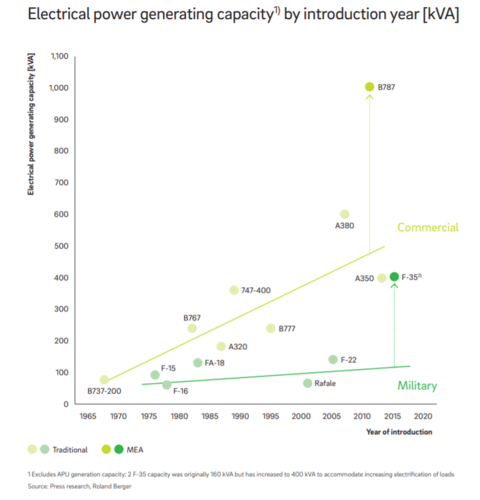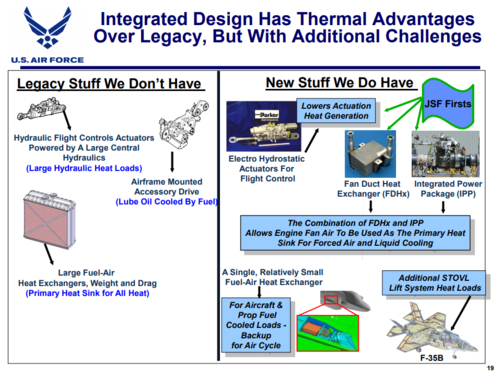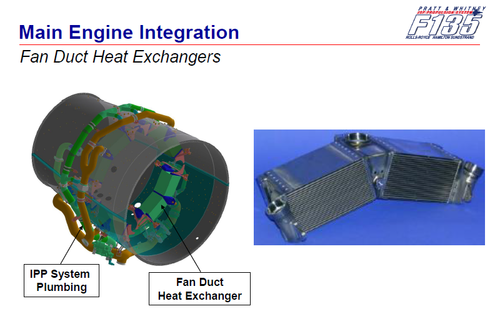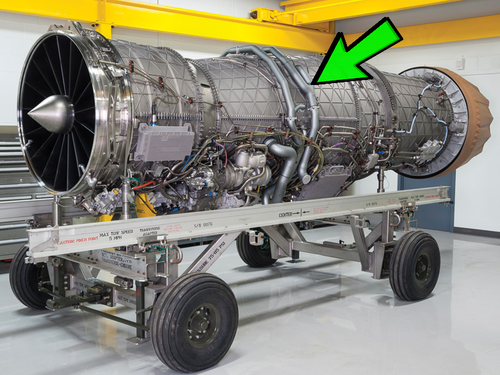- Joined
- 29 November 2010
- Messages
- 1,773
- Reaction score
- 3,474
thanks for the explanation fellow Grumman fanPrototype as opposed to serial manufacturing. The blue prints reference is meant for serial production.
thanks for the explanation fellow Grumman fanPrototype as opposed to serial manufacturing. The blue prints reference is meant for serial production.

Japan targets 2031 production start of homegrown stealth fighter
Plane's development was promised in defense buildup planasia.nikkei.com
"Japan plans to begin mass production of a cutting-edge, domestically developed fighter jet in fiscal 2031, aiming to start deployment in 2035 when its fleet of aging F-2 planes is scheduled to be retired, according to plan presented Tuesday by the Defense Ministry.

The program is moving far too slowly, especially given current events.
Well, this program seems allways unclear for who will be really partner(s)...some other tidbits I found in Japanese news

次期戦闘機 「ステルス性能などは国産、米英と部分協力も」 政府、自民に提示 | 毎日新聞
防衛省は7日、2035年ごろから退役する航空自衛隊のF2戦闘機の後継機について、31年度に量産機の製造を始める基本方針を自民党に示した。ステルス性能など主要機能は原則、国内開発を目指す一方、米英政府や企業と部分協力する方針で協議を進めている。開発協力相手を年内に決定する方針も示した。mainichi.jp
both the US and UK will be partners of varying extent
the UK will be responsible for the engines..
i wonder if this means we will see an EJ200 variant powering this plane?
or something the Tempest would use?

Japan has created a timeline for the development and fielding of its locally made next-generation fighter jet, (...)
The Japanese Ministry of Defense presented the draft development plan for the fighter program to a group of lawmakers from the ruling Liberal Democratic Party on Tuesday, which showed that full-scale production is due to begin in 2031.
The ministry added that the prime contractor for the program will be selected by early next year, although it could happen as soon as October 2020. This is to allow for the basic design for the airframe and engine to be launched before the end of the current Japanese fiscal year, which ends March 31, 2021.
The next step would be the production of the first fighter prototype, which is planned to begin in 2024, with flight tests earmarked to start in 2028 following finalization of the design and production plans.
The new fighter is slated to replace about 90 Mitsubishi Heavy Industries F-2 fighters, which are due to be phased out in the mid-2030s, as its replacement is to be formally introduced into service in 2035.
(...)

 www.epochtimes.jp
www.epochtimes.jp

^ cool design and i like it
but not really new. in fact go to the previous pages in this thread
Looks somewhat like a mix of NG F-23A and MDC/NG/BAe JSF-proposal
Looks somewhat like a mix of NG F-23A and MDC/NG/BAe JSF-proposal
I really loved those MDC/NG designsI wish it could have been chosen as one of the two finalists for JSF
Looks somewhat like a mix of NG F-23A and MDC/NG/BAe JSF-proposal
I really loved those MDC/NG designsI wish it could have been chosen as one of the two finalists for JSF
Same here helmutkohl. To this day I do not know why they picked the Boeing X-32 over the McDonnell Douglas/Northrop design.
The McD proposal was marginal at best, which reflected an air of arrogance within management - i.e. - how could they not select us, we are the only company that has built an operational VTOL fighter in the US. Plus, the A-12 debacle did not help the issue.Same here helmutkohl. To this day I do not know why they picked the Boeing X-32 over the McDonnell Douglas/Northrop design.

I think the XF-9 can generate more electricity than that, F-3 is a very new aircraft, even F-35 could generate about 400KVA ≈ 320 KWCurrent information so far indicates that the aircraft would have a XF-9 or a production version of it. One important piece is that it has a generator capable of generating 180 KW of power. twin engine would make it 360. This is a considerable amount of power to spare. It could easily accommodate 20KW++ peak power AESA maybe 27 if it can spare 25 KW of cooling for the AESA and its respective avionics.
I tried to make a "trendline" relating cooling capacity of a Radar vs its fuel capacity. It's unfortunately very hard to find data of, thus it would have error and there is no way for me to check the accuracy. Plus i only managed to get few data points as follows :
View attachment 638862
As seen to be able to "spare" 25 KW of cooling, the aircraft would need to have fuel capacity of 10.2 metric tonne. If it could do better, then it can cool more and accommodate more powerful radar.
The fuel here act as a heatsink for the cooling system. current modern fighters appears to rely on liquid cooling for Avionics, and use its fuel as heatsink. Air cooling can be considered however the performance appears to be varies by altitude and may actually prevent use of high power avionics until it's "high up there" e.g 9100 m where air is about -60 Deg Celcius. It is therefore i conclude that there could be a relationship between fuel capacity and cooling capacity. One may have larger cooling pumps and flows but the heat from the cooling fluid has to go somewhere from the heat exchanger. This heat exchanger if exposed may be source of Infra red signature.
The bottom line, the more avionics one get, more heat thus more fuel is required to cool it. In the other hand, knowing the required cooling may allow approximation of required fuel capacity which in turn one can get idea on how big the aircraft would be.
Correction : I made mistake in the chart. The cooling capacity for Chinese AEW was supposed to be 200 KW instead of previously listed 100. My apology.




I think the XF-9 can generate more electricity than that, F-3 is a very new aircraft, even F-35 could generate about 400KVA ≈ 320 KW
Also, I don't think aircraft use all their fuel as cooling though, probably only a fraction of it, otherwise radar power will keep decreasing as aircraft will consume its fuel while it traveling
Secondly, modern aircraft from the F-35 onward seem to put the heat exchanger inside the engine so it won't be a source of infrared signature
Comparison with F-15E
amazing, a non US/EU powerful engine alternative exists!
I wonder if Japan is willing to export it to other countries such as Turkey or India, which are trying to make their own stealthy aircraft
Mind that it might be very expensive.
is this new engine powerful enough to even power the F-35, perhaps in a future domestic version that is re-engined (perhaps allowing for supercruise?)
I very much doubt it would be sold to either of them, especially Turkey considering the direction of political travel in that country.amazing, a non US/EU powerful engine alternative exists!
I wonder if Japan is willing to export it to other countries such as Turkey or India, which are trying to make their own stealthy aircraft
why not India?Turkey and India? ... simply forget it!
Would maybe see Japan trying to sell the F-3 on the market to allied countries, only a couple could afford.
